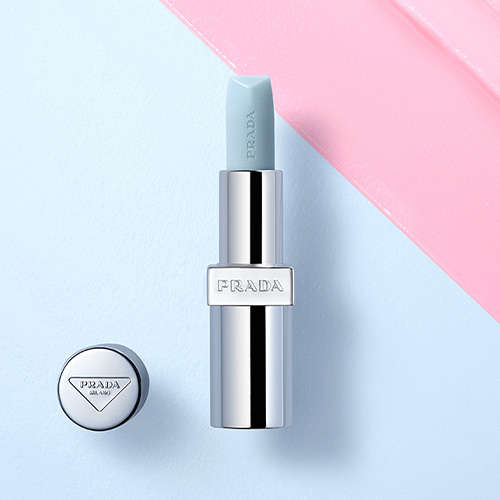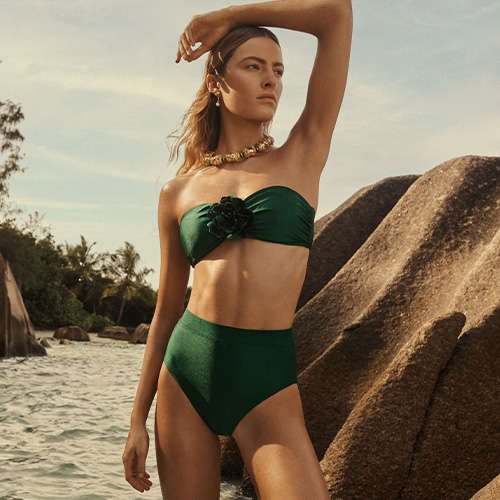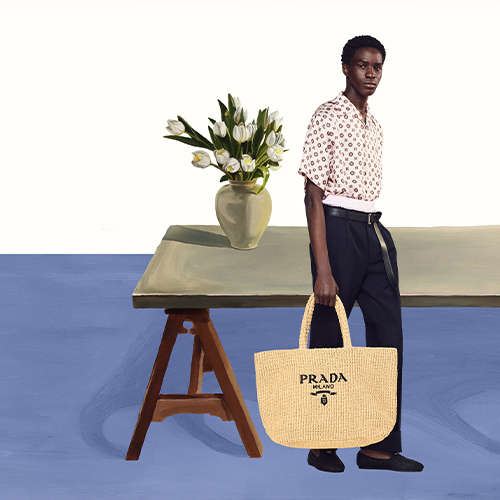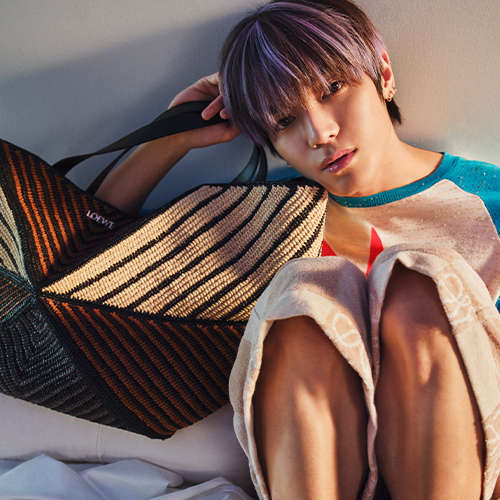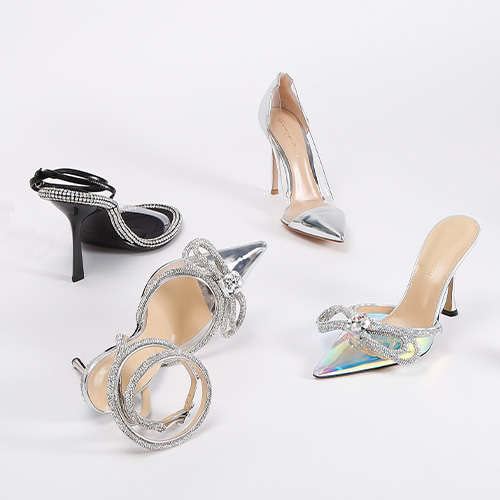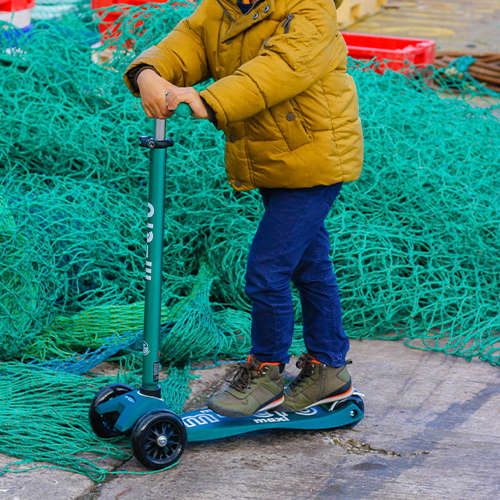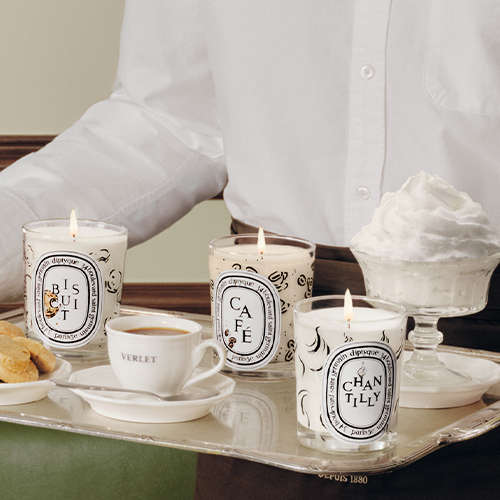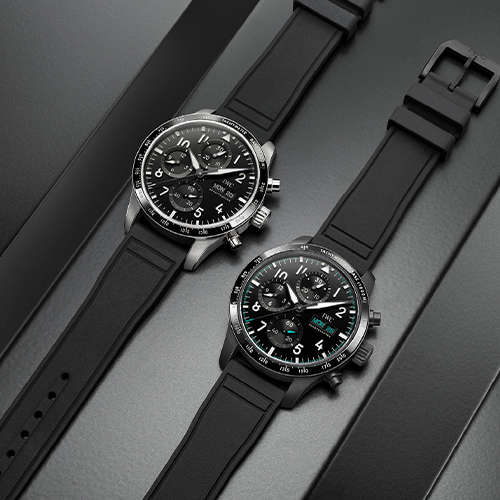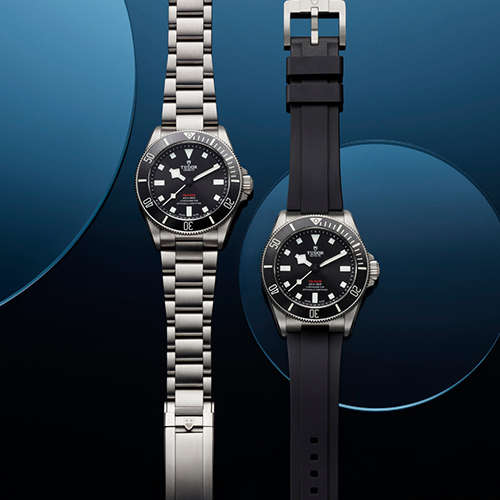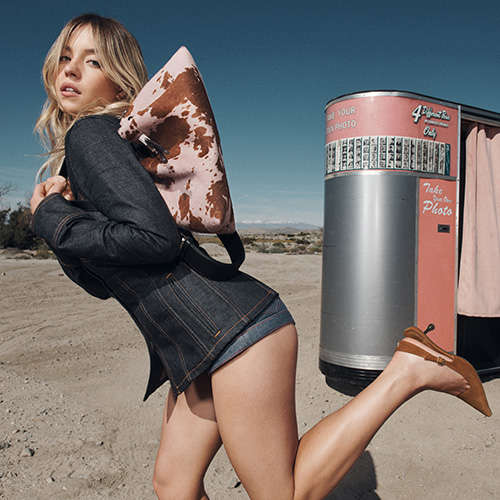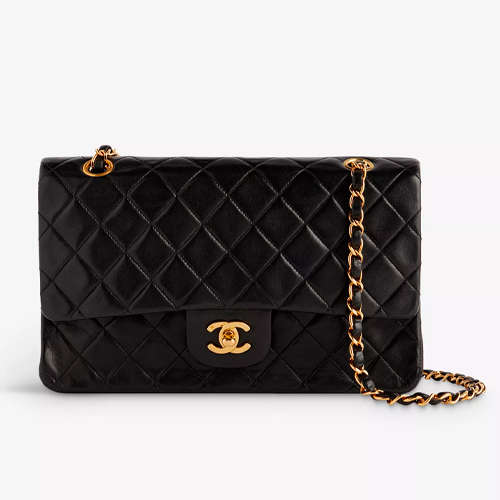- Australia / AUD $
- Canada / CAD $
- China / CNY ¥
- France / EUR €
- Germany / EUR €
- Hong Kong SAR China / HKD $
- Ireland / EUR €
- Italy / EUR €
- Japan / YEN ¥
- Kuwait / USD $
- Macao SAR China / HKD $
- Netherlands / EUR €
- Qatar / USD $
- Saudi Arabia / USD $
- Singapore / SGD $
- South Korea / KRW ₩
- Spain / EUR €
- Taiwan / TWD $
- United Arab Emirates / USD $
- United Kingdom / GBP £
- United States / USD $
- Not yours? Read more
Tell us what you think
Shop in your local currency and language
You are currently in United Kingdom GB / GBP £ store
- English
- English
- English
- English
- English
- English
- English
- English
- English
- English
- English
- English
- English
- English
- English
- English
- English
- English
- English
- English
- English
Did you know that we deliver to 130 countries or regions and offer a range of delivery options to suit you wherever you are in the world? Find out more
Sign up once to our Selfridges+ service and you can enjoy unlimited deliveries wherever you are in the world. FIND OUT MORE
International delivery
With almost everything on selfridges.com available for International Delivery, you can send your order to 130 countries or regions around the world, including North America, Australia, the Middle East and China.
Although we only offer 20 currencies to browse in online, you can still deliver to all of the following countries or regions:
- Algeria
- Andorra
- Antigua and Barbuda
- Aruba
- Australia
- Austria
- Azerbaijan
- Bahrain
- Bangladesh
- Barbados
- Belarus
- Belgium
- Belize
- Bermuda
- Bolivia
- Botswana
- Brunei
- Bulgaria
- Cambodia
- Canada
- Cayman Islands
- Chile
- China
- Colombia
- Costa Rica
- Croatia
- Cyprus
- Czech Republic
- Denmark
- Dominica
- Dominican Republic
- Ecuador
- Egypt
- El Salvador
- Estonia
- Finland
- France
- French Guiana
- Germany
- Gibraltar
- Greece
- Grenada
- Guadeloupe
- Guatemala
- Guernsey
- Guyana
- Honduras
- Hong Kong
- Hungary
- Iceland
- India
- Indonesia
- Ireland
- Israel
- Italy
- Jamaica
- Japan
- Jersey
- Jordan
- Kazakhstan
- Kenya
- Kuwait
- Laos
- Latvia
- Lebanon
- Lesotho
- Liechtenstein
- Lithuania
- Luxembourg
- Macau
- Malaysia
- Maldives
- Malta
- Martinique
- Mayotte
- Mexico
- Monaco
- Montserrat
- Morocco
- Myanmar
- Namibia
- Netherlands
- New Zealand
- Nicaragua
- Nigeria
- Norway
- Oman
- Pakistan
- Panama
- Paraguay
- Peru
- Philippines
- Poland
- Portugal
- Puerto Rico
- Qatar
- Reunion
- Romania
- Rwanda
- Saint Kitts and Nevis
- Saint Lucia
- Saint Martin (French part)
- San Marino
- Saudi Arabia
- Serbia
- Singapore
- Slovakia
- Slovenia
- South Africa
- South Korea
- Spain
- Sri Lanka
- Suriname
- Swaziland
- Sweden
- Switzerland
- Taiwan
- Tanzania
- Thailand
- Trinidad and Tobago
- Turkey
- Uganda
- Ukraine
- United Arab Emirates
- United Kingdom
- United States
- Uruguay
- Venezuela
- Vietnam
designer spotlight
matthew williams
Words: Chekii Harling. Portrait: Thomas Lohr
The new Creative Director of Givenchy and founder of cult US brand ALYX talks ground-breaking fashion technology, his seminal collaborations and why combining luxury with longevity is the key to fashion’s future.
At just 21 years old, self-taught designer Matthew Williams created a sound-responsive suit jacket for Kanye West’s 2008 Grammy performance with Daft Punk. It proved to be a defining moment. He secured a full-time job with the American rapper turned presidential candidate and, one year later, after a chance encounter with Lady Gaga in a sushi restaurant, earned the role of Creative Director of the artist’s esteemed creative team, Haus of Gaga. His star on fashion’s hall of fame was guaranteed.
With such eye-watering artistic collaborations under his rollercoaster buckle belt, the scene was set for Williams to pursue his vision for the future of fashion. In 2015, he launched his 1017 ALYX 9SM label – boldly named after his birth date, his daughter and an abbreviated version of the New York address where he founded the label. The brand’s unique streetwear designs fuse superior Italian craftsmanship with slick technological fabrics and finishes.
We caught up with Williams from his home in Italy, prior to his new appointment as Creative Director of Givenchy – the latest defining moment in an illustrious career, and a mark of his graduation to the upper echelons of couture.
Matthew Williams at the Alyx FW20 runway show at Le Centorial Paris. Photographed by Norman Wong
You grew up in California and founded your brand in New York. How has each influenced your work?
I had a wonderful upbringing in Pismo Beach, California, and spent most of my childhood skateboarding, playing soccer, going to the beach and practising karate. I moved to L.A. when I was 20 years old to work in clothing production for a denim brand, then moved to New York City, spending most of my adult life there prior to moving to Italy. Both California and New York have significantly influenced my work. The people, culture, music scenes, art, architecture and experiences are so unique in both cities.
Inside the FW20 Alyx runway show. Photographed by Norman Wong
What has been your greatest achievement since you launched ALYX?
I named the brand after my eldest daughter – this represents my love and dedication to my family and my work. Producing full men’s and women’s ready-to-wear collections and presenting them with runway shows in Paris has been a dream of mine since I was a child. I hope that my work and the clothing – its quality, craftsmanship, and longevity – exist for many years to come.
For me, the menswear collection represents my ideal wardrobe. I look to make pieces that I would want to wear over and over.
The Alyx FW20 runway show. Photographed by Norman Wong
Who do you have in mind when you design?
For me, the menswear collection represents my ideal wardrobe. I look to make pieces that I would want to wear over and over – items I will keep in my closet forever. In this way, my collections have a lot of personal energy and emotion. The ALYX customer is not one specific type of person. It is for everyone and anyone who appreciates the design, craftsmanship and development.
You’ve previously worked with brands such as Dior, Nike and Moncler. How did this shape your outlook?
I believe in collaborating with brands who are experts in their field. This enables both sides to design pieces we would not necessarily be able to create on our own.
Each collaboration came about in a different way. I was initially approached in 2016 to develop a clothing and footwear collection for the Nike Training category.
Nike has been one of my favourite brands since I was a child, so working with them on an ongoing basis has been a dream come true.
I was approached by [Moncler CEO] Remo Ruffini in 2018 to participate in the Moncler Genius project. My team and I develop each collection by identifying the classic styles and designs from Moncler’s archive that we like, and then we rework them with our own distinct language. We analyse and integrate ALYX’s DNA (our zippers, buckles and over-dye treatments) with Moncler’s iconic down material and cold-weather technology. We’ve also created several accessory and footwear designs that Moncler had never developed before.
Kim Jones and I have been friends for a long time; he’s always been supportive of what I do at ALYX. When he was appointed to Dior Homme, he reached out about collaborating on hardware to be used in the collections because he loved my signature rollercoaster buckle for ALYX, so I developed new variations and designs for Dior.
Fabric research is a huge part of my process…. We have worked with an array of sustainable materials, including Econyl nylons, carbon fibre and pony hair.
Kaia Gerber, pre-show fittings for the FW20 Alyx show. Courtesy of Machine Operate
You have integrated blockchain technology into some of your designs. How exactly does this work, and why is this important to you?
We participated in a pilot project with Avery Dennison [a global manufacturer of adhesive and packaging materials] to test out blockchain software developed by a company called EVRYTHNG. We presented the results at the Copenhagen Fashion Summit last year.
A selection of ALYX products featured hang tags with unique QR codes that presented the entire supply-chain journey of each individual garment, which verified the piece’s authenticity. This experiment gave us a greater insight into how traceability and transparency could be implemented in our production and supply chain. We have not yet pursued implementing it on a larger scale but would like to do so in the future.
Bella Hadid, pre-show fittings for the FW20 Alyx show. Courtesy of Machine Operate
What materials do you work with, and where do you source them?
Fabric research is a huge part of my process. My team and I spend a lot of time researching and working with new materials. We’ve worked with an array of sustainable materials, including Econyl nylons, ECCO Leather, upcycled cotton and recycled denim, as well as unique materials like Dyneema (which is considered to be the strongest fibre in the world) ripstop, carbon fibre, pony hair, Tyvek and many more. We attend fabric fairs, innovation summits and spend a lot of time researching online.
The products are well constructed and built to last; this is why I love working in Italy.
Le Centorial Paris. Photographed by Ryan Murray
In the last few years, you’ve relocated to Italy where ALYX’s designs are manufactured. What prompted the move?
I moved to Italy in 2016, one year after I started ALYX. Initially, we were going back and forth between Ferrara and NYC on a regular basis, so we decided to move to Italy to build our team, develop closer relationships with our suppliers and focus on growing the brand. I lived in Ferrara for three years and moved our design studio to Milan last July.
Why do you think Italian manufacturing is considered superior?
Italian manufacturing and product development are of the highest quality and construction. The products are well constructed and built to last; this is why I love working in Italy.
Since launching ALYX, what is the most important thing you have learnt?
How to start and develop a brand from scratch and overcome the many challenges along the way.

